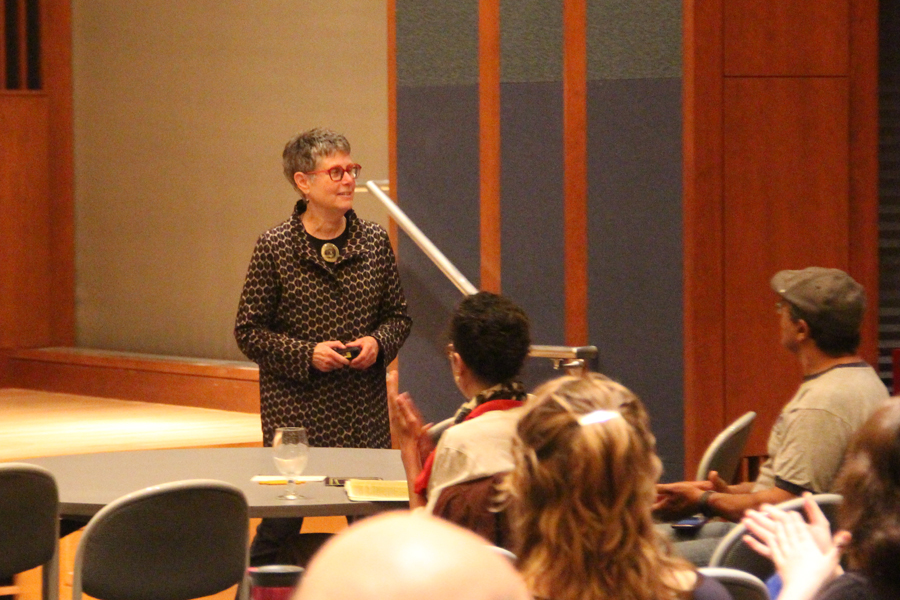Rebecca Kamen has always been interested in attention and language skills as she has dyslexia and often struggles with these. She became fascinated with the brain and its structure. She began studying the work of neuroscientist Santiago Ramon y Cajal who won the 1906 Nobel Prize for his work on the human nervous system. His observation of cells changed how scientists study the brain and its functions.
Inspired by Cajal’s research, Kamen used her artistic abilities to create “Butterflies of the Soul”, sculptures that represent Purkinje cells of the brain. Purkinje cells play an important role in motor control and those cognitive functions that so interest Kamen.
Kamen’s consistent struggles in school before she received her dyslexia diagnosis influenced her to study art in college. With art, she didn’t have to worry about reading long texts that were such a struggle to her. Instead, she could focus on her artistic strengths and develop skills with her hands.
Her work, which greatly resembles the human brain, tells a story of how the artist and the scientist have similar missions. They search for meaningful patterns, create compelling narratives, and deal with invisible worlds. She tries to reflect these similarities in her sculptures.
Kamen believes that like herself, other dyslexics understand things in relationship to other things. Ultimately, she has embraced what first appeared as a learning obstacle but has now contributed a great deal to how she experiences the world. Read more about her story over at PBS.
Image source: Avery Jensen, CC BY-SA 4.0, via Wikimedia Commons
